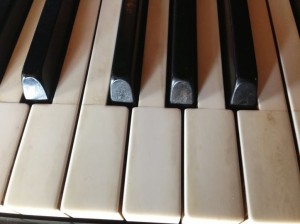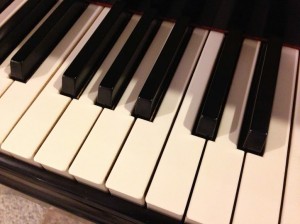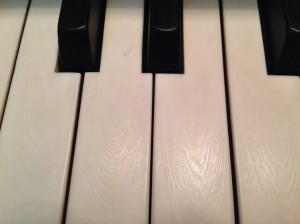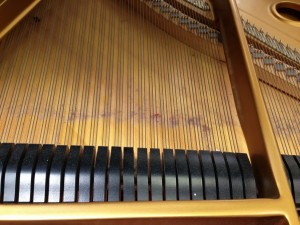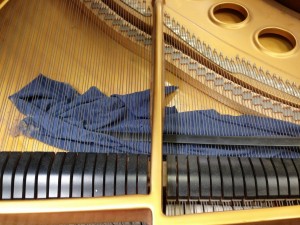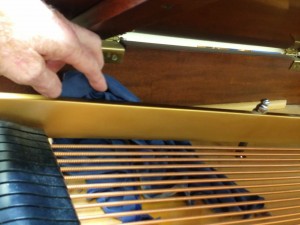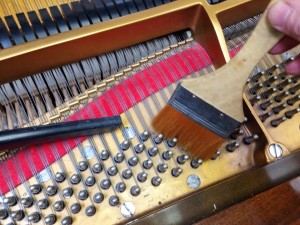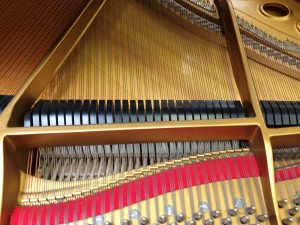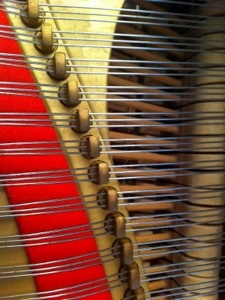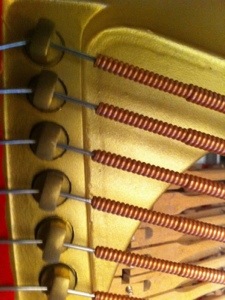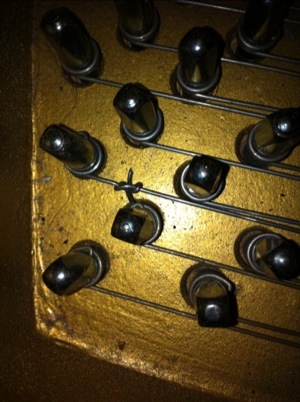I am planning to restart business this coming Monday, now that the Marion County stay at home order has been eased. I come with a mask and sanitizing wipes for the keyboard. I have spent over 7 weeks at home and think I can now safely do some pianos. I have to be especially careful since I have family members who are immune suppressed, so I don’t want to carry anything back to them. That said, your home should be much safer than the grocery store. I will ask that you wear a mask and that you keep a distance in another room while I am there.
You can click the “Booking Appointment” link above to set up an appointment. That will be with the caveat that if I or you are feeling ill or unsafe we will reschedule for another time. I apologize for this long pause in business, especially when many of you have been playing your pianos more than usual. I hope you and your family are safe.

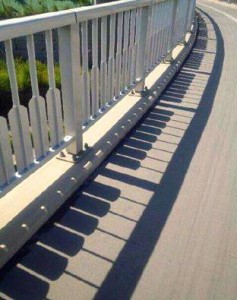

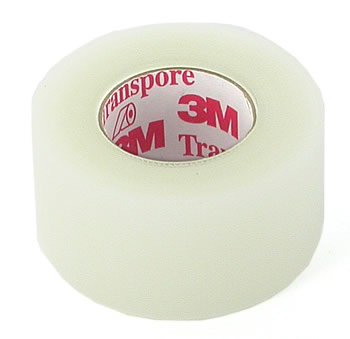 For those cracks in your fingers that hurt, I suggest Transpore Tape. It is available in drugstores and just a small piece of this tape will cover up the crack and not interfere with work or piano playing.
For those cracks in your fingers that hurt, I suggest Transpore Tape. It is available in drugstores and just a small piece of this tape will cover up the crack and not interfere with work or piano playing.
